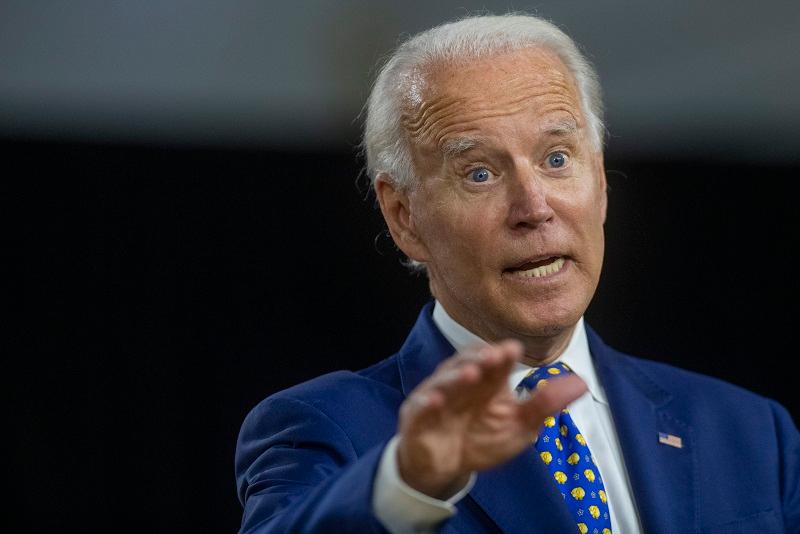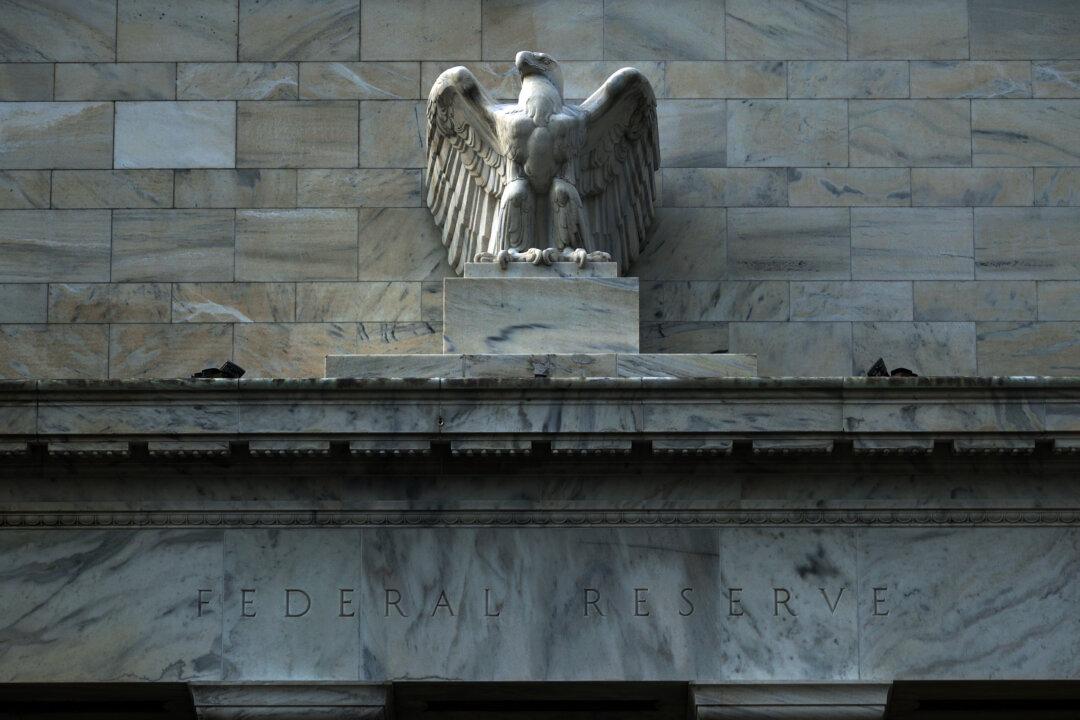Commentary
The U.S. elections should be a warning sign for businesses and families. The introduction of European-style labor rigidities, higher taxes, and large spending programs announced by Democratic presidential candidate Joe Biden should remind us of the negative impact on growth and jobs that those same policies created on many European Union countries.





